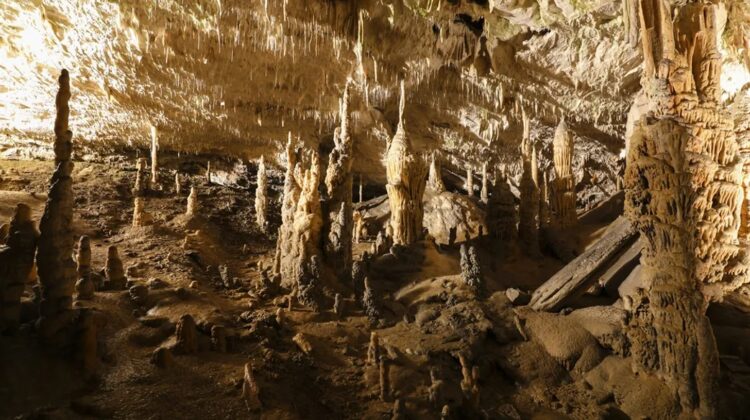
Mesopotamia’s first empire, the Akkadian, crumbled around 4,200 years ago, coinciding with similar transformations in Egypt and the Indus Valley, the two other prominent civilizations of the time. A study of stalagmites in Iran reveals that all three were caused by a widespread climate event.
Civilizations emerge and fall for a variety of reasons, and the roots of the Akkadian Empire’s destruction are still debated. Because of the coincidence of timing with distant events, several historians have proposed a climatic cause. However, the nature, and even presence, of this event has remained unknown, as it occurred in the middle of the Holocene era of generally stable temperatures, with no known increase in volcanic activity or change in solar output.
However, when a team led by Dr Stacy Carolin of The University of Oxford analyzed a stalagmite from Gol-e-Zard Cave in Iran’s Alborz Mountains created between 5,200 and 3,700 years ago, they discovered that something did happen around the relevant time. According to the findings published in the Proceedings of the National Academy of Sciences, there were large increases in the amount of magnesium relative to calcium between 4,510 and 4,260 years ago, correlating with slower growth and changes in the stone’s oxygen isotopes. These alterations lasted 110 and 290 years before the stalagmite composition recovered to pre-change levels.
Ancient civilizations’ manufacturing and mining sometimes left their mark on the planet, but we know of no method by which the Akkadians could have had an impact on such distant caves. As a result, it is more likely that whatever was causing the chemical change led the Akkadians down, rather than their collapse changing the chemistry of remote caverns.

The composition of the stalagmite appears to have changed as a result of more dust dropping in the mountains, which looks to be a result of drier circumstances to the west. Dry years in Syria and Iraq are now related with increasing dust deposition in Tehran, which is only 50 kilometers (30 miles) from Gol-e-Zard. The stalagmite’s delayed growth could also indicate locally drier circumstances.
Sediments from the Red Sea and the Gulf of Oman, among other paleoclimatic proxies, had previously been used to suggest that western Asia underwent at least one major dry period around this time, but the date was too inaccurate to reliably link them to the Akkadian collapse. The stalagmites, on the other hand, had a 31-year mistake.
Historians are divided on how much climate change has contributed to civilization collapse, and the discussion has heated up as it has become more relevant to us. We don’t know why Mesopotamia dried up at this time period, but it appears to have destroyed one civilization and badly harmed two others.

Leave a Reply